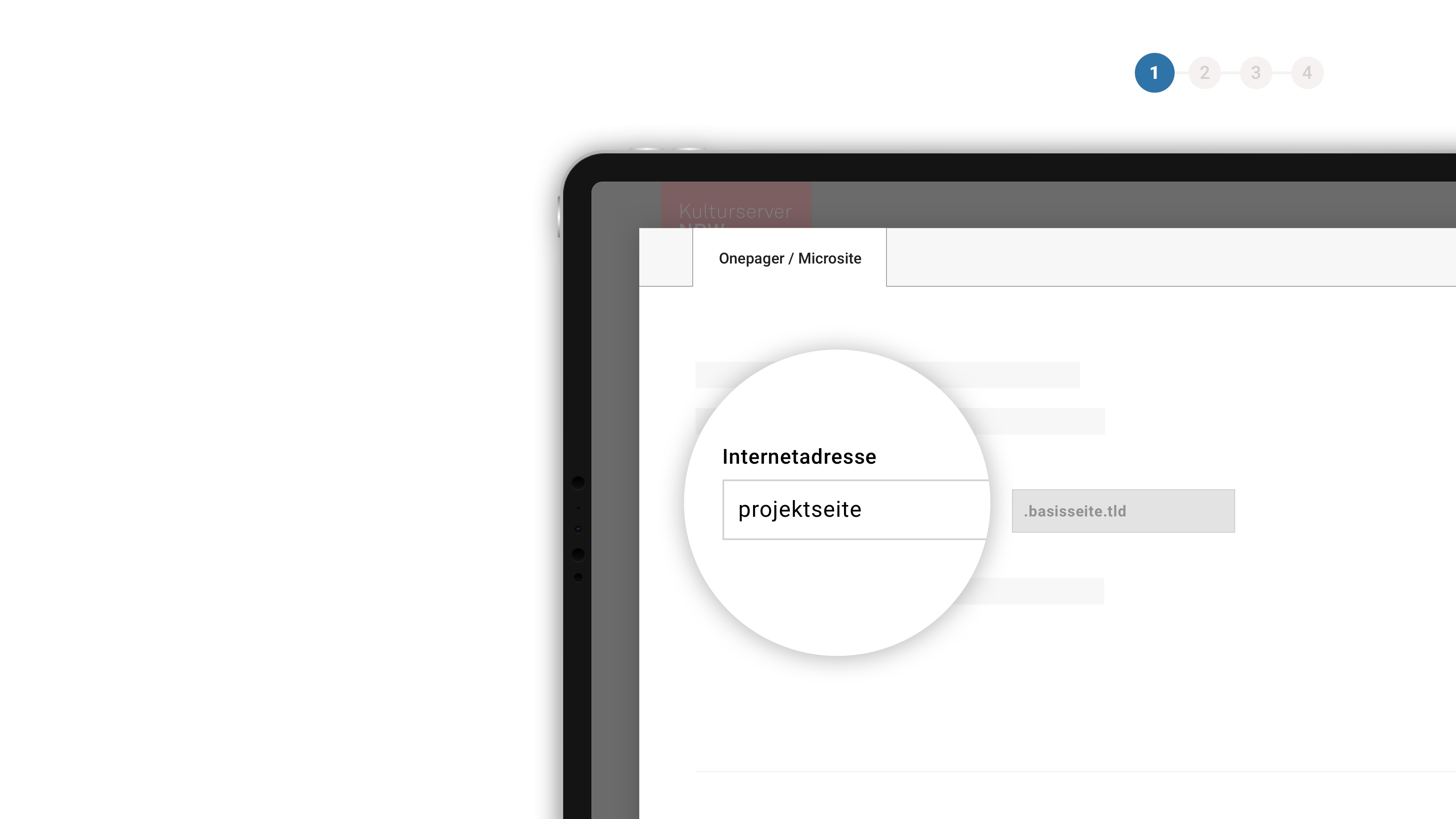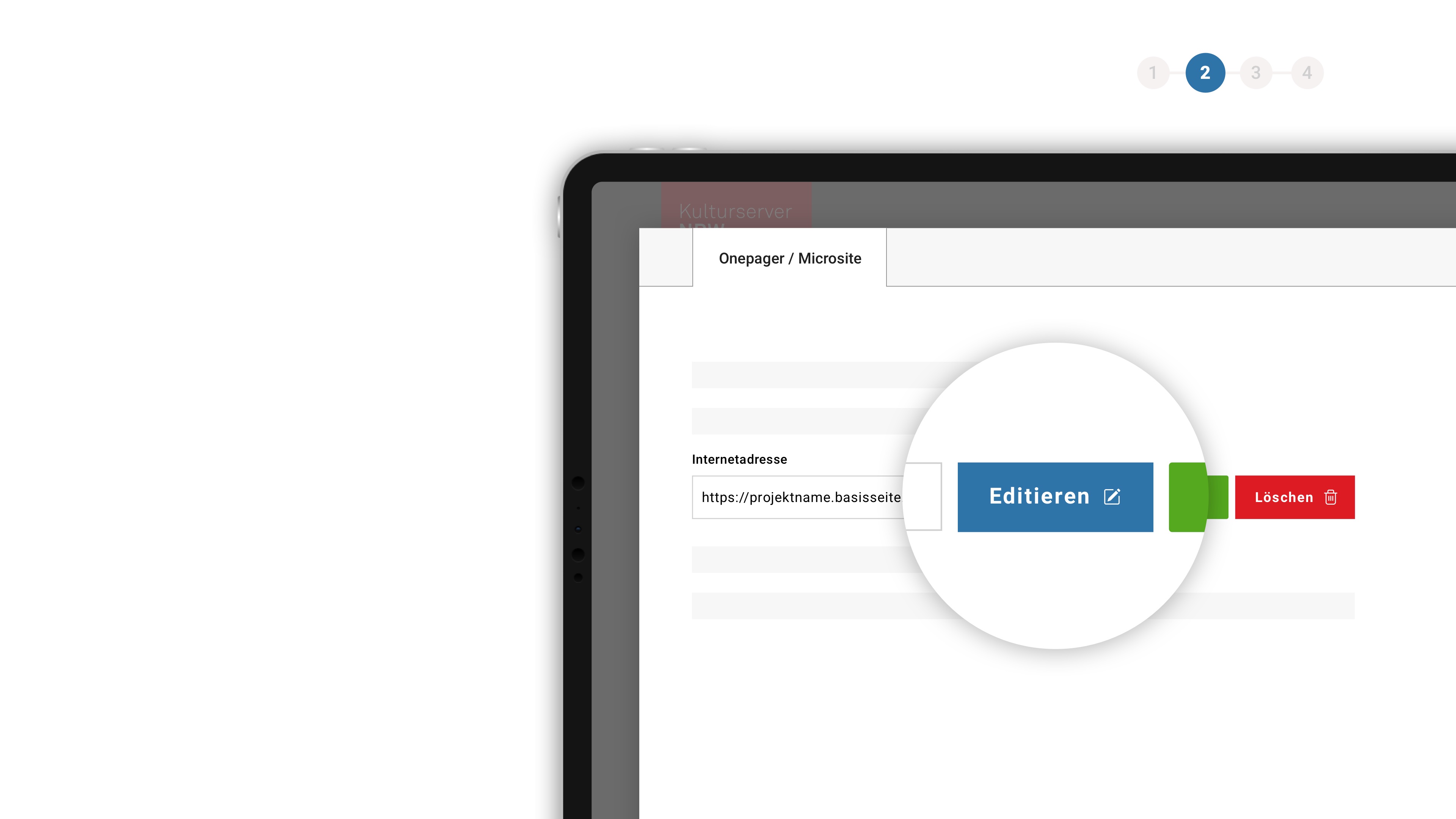Traumbilder - Deutsche Oper Berlin
Dream visions
Marc Albrecht and Christof Loy in conversation with Dorothea Hartmann
Dorothea Hartmann: Schreker's TREASURE HUNTER – unlike DIE GEZEICHNETEN (The Stigmatised) or DER FERNE KLANG (The Distant Sound) – is still hardly ever performed. In the last 30 years there have only been three new productions worldwide. It was a heartfelt wish of yours to mount a new staging of the work at the Deutsche Oper Berlin. Why was that?
Marc Albrecht: In Schreker's oeuvre THE TREASURE HUNTER has always played a special role for me. I was involved in the new production at Hamburg in 1989 as an assistant and since then I've considered it a work of exceptional quality, concentration and significance. I'm very happy that we can do a new staging of it now, what's more in Berlin! The work belongs in this city; Schreker belongs here, as a Berliner by choice. When THE TREASURE HUNTER was performed at the Staatsoper Berlin with great success in 1922, so exactly 100 years ago, Schreker was a Berlin composer.
Christof Loy: I'm interested in it for two reasons. For as long as I've been directing, pieces with complex female characters have intrigued me: women who are not simply perpetrators or victims. In THE TREASURE HUNTER the criminal theme is almost too clear. Els incites someone to robbery and murder and can unquestionably be held responsible for that. I was interested by the fact that someone who is plainly guilty according to the law is absolved of guilt by the author. After Korngold's HELIANE and Zandonai's FRANCESCA DA RIMINI, two operas I have staged at this house in recent seasons, Els from THE TREASURE HUNTER forms a trilogy of extraordinary female figures who defy and disrupt the system. In addition to that I'm interested in the topic of the artist in opera. What does an artist figure like the treasure hunter stand for? He's more than just an artist: he's a person in search of happiness. That's transferable to all of us, as is the question that's ultimately at the heart of every artist opera: How to go about living? That concerns us all.
Dorothea Hartmann: The opera has an extremely brief introduction. After just one measure, in which the harp as it were raises the curtain, we're in the middle of a dialogue scene between the king and the fool. What does this abrupt start mean for the musical mechanics of the piece?
Marc Albrecht: Right away it's theatre, above all spoken theatre. And Schreker constantly returns to this very dry and laconic tone, in spite of all the opulence and lushness in between. The musical treatment of everything is very clear and honest.
Dorothea Hartmann: This Prologue has a cast of just two characters. Similarly the opera ends, chamber opera style, with just three characters. For your production you have imagined a respectable society that is present all through the evening from the beginning. What was the basic idea behind that?
Christof Loy: For me, the big banquet in Act 4 was the starting point. This image of society is present from the outset. We see a ruler coldly playing with his underlings. In the Prologue we learn that the problems of the ruling couple require the aid of a subject. The queen's jewels have to be recovered. The treasure hunter Elis will be enlisted for this mission. As a reward, the treasure hunter will be permitted to rise in the hierarchy. I thought of plays by Marivaux, where rulers carry out their experiments with their subjects. In Schreker, this is played out mercilessly and recurs again and again as a motif: people being treated coldly. A person can be demoted or promoted, threatened with dismissal, imprisonment or the executioner. If the treasure hunter fails, he will be ostracised. We find ourselves in a hamster wheel, trying to get on and move forward, and sometimes we don't even notice that somebody is playing games with us or carrying out experiments.
Dorothea Hartmann: This conversation piece is repeatedly interrupted by ballads and songs. Here the drama and the music open up into totally different spheres.
Christof Loy: The treasure hunter's ballads in fact provide the keys to the whole piece. His first ballad, in Act 1, recounts how somebody is thrown into the world. In it, somebody tries to interpret themselves through their dreams and to figure out what they should be doing in the present. Then the second ballad, in Act 2, before Elis is to be executed: there the musical narrative is fed from a highly subjective feeling that people can permit themselves to be real and dispense with everything that has been thought before. It's an extremely selfish way of living one's life.
Marc Albrecht: We are given a retrospective view in Elis's ballad in Act 4. He tries to piece together the events like a puzzle. He tries to ward off fate, and makes use of all the elements up to that point. It's the richest of the ballads, and also the most unbridled. He unmasks himself and then something like self-destruction follows. He pits himself against all of society, and risks everything by more or less blindly taking Els's part.
Dorothea Hartmann: Act 3 is the central part and the heart of the score and stands out from the rest in respect of several parameters. With 40 minutes of music, it is substantially longer than the other parts. Descriptions of the stage in the score indicate an unrealistic setting, Els's room described for instance as an oriental dream world with a view of a luxuriant garden landscape and a glowing sunset – those are symbols of a utopian realm. Where does this third act lead?
Christof Loy: The third act is a great nocturnal love scene. Eroticism or a sublimated form of eroticism has a major part to play in almost all of Schreker's pieces. For him, eroticism is like a way of escaping from the dilemma of societal failure. Act 3 is like a utopian fantasy island. In our reading it's not just the couple, but society as a whole that journeys into areas that can be dangerous. The night of love is no safe haven. It can still always result in destruction. Els sings that Elis is free to strike her or kill her. Eros here has something absolutely destructive about it. In Schreker, eros and endangerment and death are inextricably linked.
Dorothea Hartmann: Musically Schreker goes to the limits too. Of course, in the background there's Wagner's TRISTAN.
Marc Albrecht: If there had been no TRISTAN, this third act of THE TREASURE HUNTER would be completely different. Schreker quotes from Wagner's score; the TRISTAN chord occurs in all possible variations, also in its original guise. Wagner was therefore one point of departure. But then Schreker moves off into totally different regions: he's on the trail of Debussy, Impressionism. The palette that Schreker works with is enormously broad, particularly for the dumb-show by Els after the night of love, when she lays aside the pieces of jewellery for ever. This is elucidated in the orchestra with deep gongs and bells, "syrinx"-like flute sounds and of course very many whole-tone scales. All that has got nothing remotely to do with Wagner. Schreker stands at the threshold of modernism. He is still tonal, but breaks loose everywhere, especially here in Act 3. As a matter of fact he also departs from the genre – opera turns into a forty-minute vocal symphony, comparable to Zemlinsky's Lyric Symphony. The orchestra takes over and says the unsayable and also what was not allowed to be shown in those days.
Dorothea Hartmann: What is also barely possible to put into words is the meaning of the treasure. Is there a musical sign for it here – analogous to the "Distant Sound"?
Marc Albrecht: Schreker employs the leitmotif technique very subtly here. We find a Treasure motif, a Jewellery motif and so on. It's not so explicitly labelled, but the motifs are clearly assigned. And – a general characteristic: it's a very melodic Schreker score. In no other work was he so concerned with melody. Naturally that's also connected to the fact that Elis is a singer; he has to sing as it were. But it's not only in his part. One has the feeling that Schreker was generally a melodist. And if you compare his works with those of Korngold, Zemlinsky or Strauss in this period, you notice that Schreker has very much his own palette. His style is unmistakable. In the instrumentation he's very close to Alban Berg. Schoenberg, too, in certain works. Schreker is a composer at the change of an era and THE TREASURE HUNTER in particular embodies the zeitgeist.
Christof Loy: Schreker found a way, unique to him, of translating his frustration with himself, with life and the world into a music-theatre idiom. There's a tension in him pulling both vertically and horizontally, a pull always in two directions at once and always extreme. This is my second Schreker production and my experience has been repeated: in the preparations and the rehearsals you always need a break to recover. You have to extricate yourself from a certain morass that Schreker dares himself and us to venture into.
Dorothea Hartmann: The fool is a central character in the piece. He opens and closes the opera and sings the final words. He, too, has been given a special role in your production.
Christof Loy: I see the fool as a kind of key player. In the Prologue he immediately captures everyone's attention with his description of a man that digs up treasure. Through this story, he conjures up the treasure hunter and actually calls him into being. He searches for him and later finds him. Without the fool the treasure hunter would effectively not exist. In our take on it, Elis invents himself in relation to this character – and suddenly this fantastical figure is standing there. Everybody feels the need to believe in him and to pin their hopes on this messiah.
Dorothea Hartmann: In similar terms, Schreker himself gives an account of the impulse for the opera's conception. He describes a scene in a public house, where a girl with a lute begins to sing – folk songs, ballads. A strange atmosphere settles, conjuring up images in Schreker's mind. The girl is transformed … Precisely that happens in the opera several times. By means of singing and the ballads, new figures and stories emerge. Different tales and thus narrative layers overlap and interweave.
Christof Loy: The culmination point is Act 3, a vast cosmos where the dreamlike intensifies into the surreal – a midsummer night's dream act.
Dorothea Hartmann: Another disconcerting feature is the way the two solo female figures are drawn. They appear in a highly unusual constellation: Els sings and relinquishes, the sole female voice in a world of men, while the second woman, the queen, is a silent role. How do these two characters relate to one another?
Christof Loy: I see both women from Elis's perspective. Above all the queen, she's an ideal for him, one to which he feels drawn. Like Tannhäuser he idealises this woman as a "pure", innocent figure that he can worship. But in our take, she turns out not to be a pure, innocent being, but rather very human and flawed. Els on the other hand is more attainable for him; she has the same social standing as him. All the same, in his imagination he tries to force her into an idealised mould. In Act 3 she appears to him as a goddess of the night, not only bright and radiant now, but also dark and trimmed with horrors. In actual fact the two women become confused in his imagination. That happens again in Act 4: he evokes "Lady Ilse" but it's unclear who he means, the queen or Els the criminal?
Dorothea Hartmann: The question of the artist is posed once more at the end: Is art capable of becoming active, of helping? Or does the artist fail?
Marc Albrecht: Elis does at least help the terminally ill Els to die a happy death. He references her fantasy images, taking them over verbatim from Act 1. He is intuitively very close to her and knows exactly how he can help her cross over.
Dorothea Hartmann: But it doesn't end there. A few more measures follow …
Marc Albrecht: That's Schreker. The last three bars, they're so characteristically part of his style. Things turn serious. There isn't anything pretty at the end, but instead a violent impact. Crashing out of an illusion into fathomless darkness like that, with a hard, ugly rupture, that's a new temperature in the piece – D minor, which is never heard before. Schreker saves this colour for the very last bars.
Dorothea Hartmann: In 1922, exactly 100 years ago, THE TREASURE HUNTER was a big success in Berlin as well as at many other opera houses in that period. What do you think accounted for its appeal to audiences? What about it struck a chord in Schreker's time?
Christof Loy: I think an important aspect was the quest for happiness in the years following the war. The restless Els sings of a torn, wounded soul. It has a lot to do with the post-war experience and with the desire to find some harmony. Schreker doesn't exploit that sentimentally, but goes with us on that quest: in search of the many longings and realities that can be simultaneously reflected in people.





